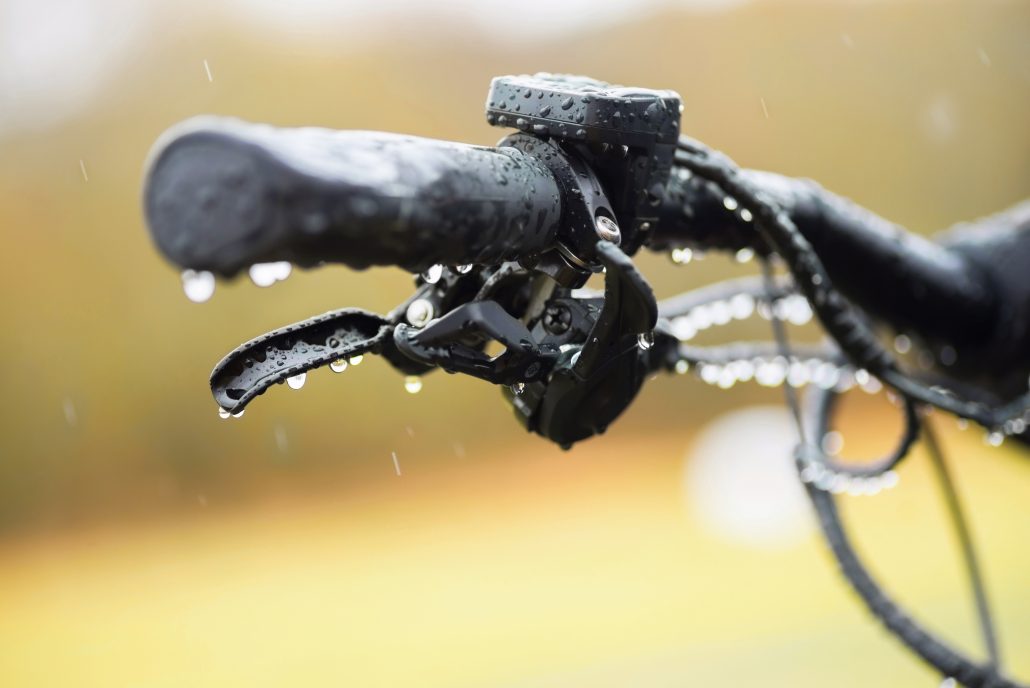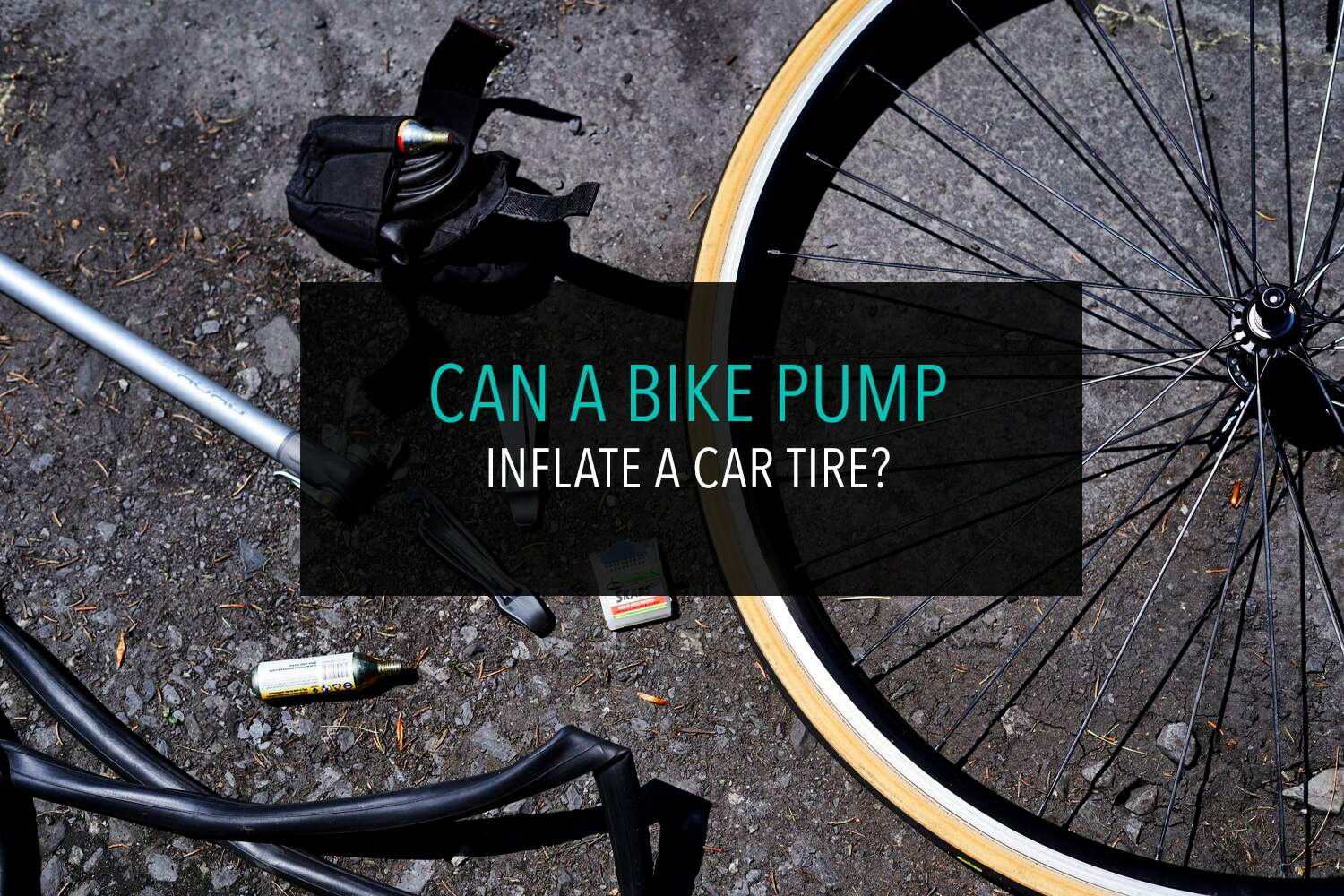Part of the fun in buying or trying new things is learning what kind of limitations are on the object and how to experiment in a safe, productive manner. In that sense, e-bikes, while not toys, are another vector of life to experience and another limit to be tested, so can they get wet?
In retrospect, electric bikes can indeed get wet within reason and still operate. You do not need to worry if your e-bike gets a little damp from a drizzle or if it has some water on it.
On the other hand, just how far down the line can you go with an e-bike before it becomes either unsafe or, worse, broken? This article will be exploring in-depth and a few other questions that can easily crop up among this exact topic!
Are Electric Bikes Waterproof?

While e-bikes can certainly function in the rain and function well at that, they aren’t waterproof. This is because waterproof would mean water cannot in any way damage them; e-bikes are, at best, water-resistant.
Being water-resistant means that casual exposure to moisture, be it in the form of rain, or other wet conditions, won’t cause the bike to stop functioning as intended.
The water resistance components of the bike allow it to endure a wide variety of nature’s harshest elements. Still, if you were to submerge it entirely, several things could go wrong almost immediately.
The most significant things that could go wrong in such a situation would be the battery or motor getting flooded and shorting out. Should this happen, you will probably need to replace them to get your bike back in working condition.
As mentioned, it requires those components to have water covering them entirely for it to happen. Still, if you aren’t paying attention or visibility is exceptionally poor, you could be one pothole or brake-slide away from being in a puddle good enough to take your bike out of commission.
Can Electric Bikes Be Used In The Rain?

As stated above, you can undoubtedly ride your bike in the rain, and for all intents and purposes, the bike would be just fine. The genuine concern would be how you would handle the situation.
Having the proper attire and equipment for riding in harsh conditions will make the difference between getting out of the rain or riding through it from point A to point B.
The Speed You Go Matters
Starting with controlling your controllables, let us go over some quick rules of thumb. Firstly, how fast you are going can determine how well your adventure will go.
If you take a more cautious approach and slow your pace, you will be more apt to handle situations as they arise and react accordingly. Slow and steady wins the race, as they say.
Handling Your Braking System
Next up would be handling your braking. In wet conditions, you can quickly get into a slide, so making sure you have plenty of time to brake and doing so at a speed you can manage will keep you upright and your battery from water’s harm.
Your Vision
Vision is a crucial aspect of riding in the rain and probably one of the essential parts of this equation. Being wary of weird angles that can hinder what’s ahead, keeping a vigilant eye for potholes and any clutter will make all the difference in the world.
What You Wear
The last part about this would be what you are wearing, seemingly a pointless question at first glance. The importance of it crops up with more thought. If you are in wet conditions, having gloves would allow you to grip your throttle better and control your bike more efficiently by association.
Make Yourself Visible
Proper lights on your bike and clothing with high visibility will make it easier for other people to see you in poor weather conditions, and finally, always wear a helmet. If you would wear one in good weather, you’d want one in poor weather.
Purchase Additional Gear
You can purchase additional gear to keep your bike in perfect working condition, too, like mudguards or even small plastic bags to keep your wallet and phone from getting soaked in the event you do need to call someone for aid.
Is It Okay To Leave My Electric Bike Out In The Rain?

This one is pretty easy to answer because it more or less boils down to time and how long you intend on your bike being left out in the elements. If you run into a store for a drink or something along those lines, your bike would be fine, but this is not an excuse to leave it in the middle of the rain.
In most cases, you want to have your bike under some cover at all times unless you are riding it in the elements in the first place.
Just because it has a relatively strong water resistance doesn’t make it a wise choice to give things a chance to happen, knowing that you always want to drape a tarp or some covering over your bike if you will be getting off of it in poor weather.
You can ensure that you are prepared for this scenario by packing a bike lock (to prevent would-be thieves) and the standard tarp around the bike itself. You can ensure the tarp stays on the bike with the bike lock using some creative angling and wrapping as well, so experiment and find out what works best for you.
Alternatively, if you wanted to go the extra mile, there are specific bike tarp coverings you can get from most of your bigger chain stores for prices as low as $15. An investment in one of these types of preventative measures is an investment in keeping your e-bike out of the repair shop!
Tips For Riding An Electric Bike In The Rain

We touched base on most of these elements above, but here is a quick rundown for everything you can do to ensure your trip in the rain doesn’t give you any extra pain.
1. Wear Waterproof Clothes
Buying some clothing that will wick the water off you will make your efforts in getting through the poor weather all the more manageable and make your experience at your destination all the more enjoyable.
Not only that, but it can save time from needing to hop in the shower or change clothes entirely depending on the situation.
2. Use Bike Fenders
Bike fenders will keep excess water and other debris from the road from splashing up and onto your bike while moving in poor weather conditions. Traditionally speaking, there are two types of fenders, plastic, and metal, with plastic being the most ideal of the two.
This is because metal fenders can rust and cause other issues over time instead of plastic ones simply needing to be cleaned and re-attached to keep good use going.
3. Make Your Gear Waterproof
Getting wet for a small amount of time isn’t that big of a deal, but extended stays in poor weather while wet is much more of a problem. Above, we addressed having low visibility in the rain and how it could lead to some issues.
Well, keeping the rain out of your eyes will significantly help in that area. In that endeavour investing in a helmet or hat to wear under your helmet with a brim will keep your eyes open and visibility sound. Gloves are another staple in this due to maintaining your ability to control the bike at a maximum.
For extended journeys, you always want to bring a spare set of gloves just in case. Packing on a nice rain-resistant jacket and pants complementing the scene with a pair of waterproof shoes will keep you nice and warm, which is essential to making it through poor weather in comfort.
Finally, anything you bring that is electrical (outside of the bike, of course) like your laptop, phone, or anything of the like should be in some waterproof container or bag.
4. Use Headlights & Tail Lights
Making the journey is essential, but making it back is another matter entirely. Be diligent in choosing solid headlights and tail lights to guarantee you are visible to any potential cars going by or people you will be going past to avoid harm to yourself and others.
5. Make Yourself Visible To Others
The heaviest rain or other conditions can make it extremely difficult to see even four feet in front of you. Give yourself and others the benefit of the doubt and wear some conspicuous, vibrant clothing different from whatever your backdrop might be.
In these situations, the typical go-to’s would be neon orange and yellow to become the eye-sore you need to guarantee your safety while on the road.
7. Plan The Safest Route
Being well equipped is nice, but making it to your destination in a timely matter, is even more critical. Take some time before going out and chart a path for yourself, memorizing it if need be due to an inability to check your phone for directions in certain situations.
It’s worth noting in some instances, you can get away with keeping your phone in a ziplock bag to glance at it for directions on the go, but only do so while safe and stopped. The less time you are exposed to the elements, the better your ride will be and your bike for the same purpose.
8. Clean Your E-Bike Afterwards
Much the same way you don’t want to be covered in dirt and grime after a particularly long and grueling ride through the elements, your bike won’t benefit from remaining idle in filth either.
After you reach your destination, take a few moments to inspect and sanitize your bike for your next journey. In doing so, it will allow you to know of any potential problems before your next trip and keep your bike in the best possible working conditions for the longest time you can.
Final Thought
E-bikes are miraculous inventions, to be sure. While they can operate safely in rain and other harsh conditions, a vast majority of making it through these events relies solely on the rider and how prepared you are for said weather.
Diligently planning routes, checking your equipment, and being ready for your travels makes all the difference in the world in how long your e-bike will last and how devastating the conditions you and your bike by association can endure.



